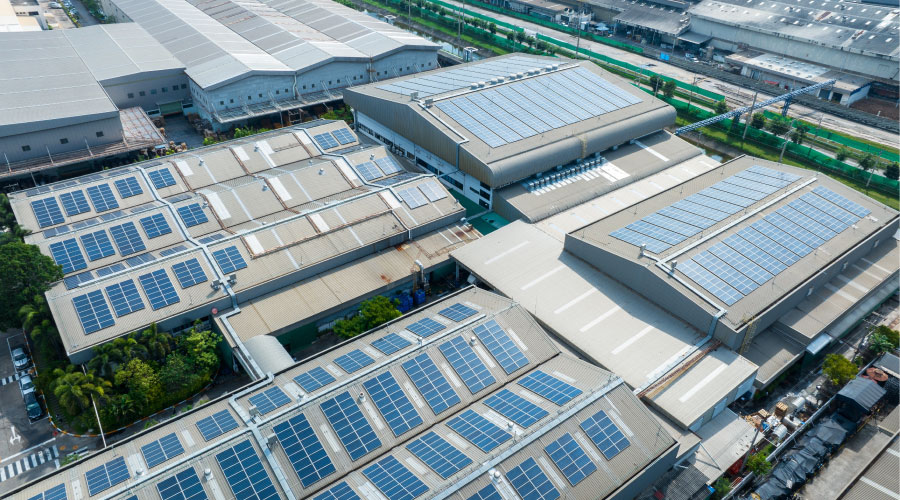Financing, Utility Programs Expanding Access to Capital for Property Owners
New financing solutions and utility programs are expanding access to capital for property owners who promote energy efficiency through HVAC and lighting retrofits, and other efficiency projects. In fact, it's possible to start projects with little or no upfront cost, but it is still important to consider the options available for financing prior to moving forward.
The first step to acquiring financing is to identify ways to save energy. Assessment costs — including initial site survey and design — for one-for-one replacements of equipment such as unitary HVAC units and lighting can be rolled into the project to eliminate separate engineering fees.
In addition, potential vendors can provide price comparisons of the least expensive options and more energy-efficient, higher quality upgrade alternatives. Property owners should make sure that vendors include line items for any available subsidies for energy-efficient equipment — for example, rebates from utilities or any government funding support — and provide a price that nets-out the incentives.
Working directly with vendors is especially effective when equipment is standardized and best practice specifications are widely available. Examples include the packaged HVAC units that are common in small office areas, light fixtures, water heaters and other stand-alone pieces of equipment.
Standardized specifications also help reduce costs. For example, if an organization has standardized fluorescent high-bay and office lighting, it's usually possible to get volume pricing from lighting suppliers. This can reduce fixture costs by between five and 10 percent. Even small savings like this quickly add up across dozens of projects and the tens of thousands of fixtures installed in buildings each year.
Cash rebates that lower project costs are widely available on one-for-one HVAC, lighting and other equipment upgrades, as well. Property owners can ask vendors to net-out any cash incentives from their bid. This holds vendors responsible for capturing the incentives and providing owners with the lowest project costs. Utility account managers can also be good resources to point to energy efficiency rebate programs.
A Two-Step, Holistic Approach
Facilities that use building automation systems or have process loads typically have high energy use. Focusing their energy upgrade efforts strictly on HVAC and lighting might miss other opportunities, so any effort to improve energy efficiency in those facilities should include two steps. The first is to design a holistic solution. Property owners should engage mechanical and electrical engineers that understand the facility type and equipment, retrocommissioning and hardware upgrades.
Second, property owners should take a close look at load reduction measures like lighting or building envelope upgrades because they magnify the savings from HVAC upgrades. For example, adding insulation or a cool roof coating can significantly reduce HVAC loads. Replacing high-bay metal halide lighting with T5 fluorescent lights can further reduce heat gain due to lighting by up to 50 percent, as well.
Buying new, more efficient lighting can further reduce the size and cost of new heating and cooling equipment. This reduces energy demand, frees up power panel capacity and reduces transformer loads. The holistic approach involves taking load reduction measures in tandem with HVAC upgrades. The reduced cooling load may mean that smaller HVAC units can be purchased. The savings from buying smaller units can help cover the cost of the load reduction measures. In some cases, the overall project cost can be lower than it would have been if each device was simply replaced on a one-to-one basis.
Incentives are widely available to reduce costs on these more complex projects. Compared to straightforward cash rebates, these incentives can require more planning and documentation. Often referred to as 'custom' or 'performance-based' incentives, they reward projects for overall energy savings and demand reduction.
An engineer's design is used to calculate the energy savings that qualify for incentives. This rewards total energy savings and encourages the most cost-effective measures, not only new equipment purchases. For example, retrocommissioning existing HVAC systems and controls costs only a fraction of buying new equipment. Similarly, if building shell improvements produce energy savings they will be included even if the improvements are not eligible for a cash rebate by themselves.
In some cases, an engineer is also entitled to an incentive payment for following design guidelines established by the local utility. This can reduce project soft costs as well when netted out of the engineer's fee.
Related Topics:













